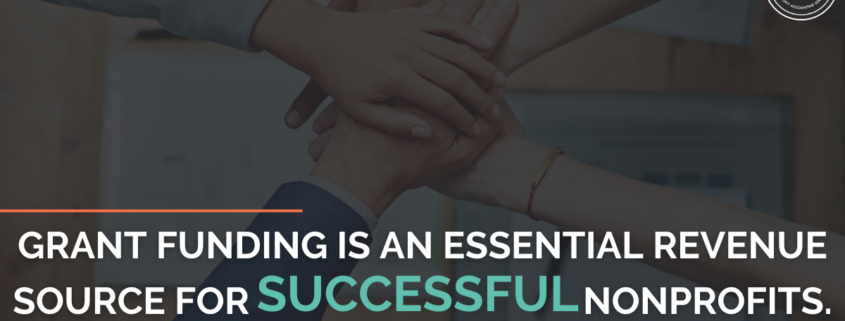Grant Writing Do’s and Don’ts
Grants can be an important source of funding for nonprofit organizations. While individual donors are important for fundraising, grants often let you access more funds in one application than collecting multiple donations.
Grant writing can feel intimidating, especially if you’re just starting with seeking funding. The process is an art that takes practice to perfect it. However, learning grant writing skills can help your organization secure new funding sources and earn more grants.
This article goes over the most important do’s and don’ts of grant writing.

The Do’s of Grant Writing
As you dive into the skill of grant writing, you’ll find there are some unspoken rules to follow. Let’s go over the things you should do when applying for a grant.
Research Thoroughly
Much of great grant writing happens before you even start an application for funding. The research phase of grant writing is one of the most important. If you apply for grants that don’t align with your mission, you’re unlikely to secure funds.
However, if you take the time to thoroughly research grant providers or grant-making agencies with requirements that your organization can meet, you increase your chance of success.
Our tip: Try to seek out grants that come from agencies with similar missions to your organization and look for specific grants that align with your nonprofit goals.
Follow the Grant Guidelines
Each grant has specific guidelines and requirements. Many grants, for example, restrict how funds can be used. You’ll need to find grants that fit your goals and follow the application (and grant funding) requirements as closely as possible.
You can help your proposal stand out by addressing each area, guideline, and requirement of the grant in your application. Addressing each area of the grant helps you cover all aspects of the grant and reduces your chances of missing a requirement.
Tell a Compelling Story
At its most basic, a grant application and proposal is simply a chance for you to tell your organization’s story. The more compelling your narrative, the more likely you are to catch the application reviewer’s attention and set yourself apart from other applications.
Your story should clearly communicate the need for your project, its impact, and how it aligns with the grantor’s priorities or mission. Specific examples and hard data or stats are especially helpful in creating a compelling story.
Be Specific and Concise
Your grant proposal should be a story, but it also needs to be concise. This means you need to avoid rambling and stick to specifics to keep your application engaging. Your proposal should be clear, easy to understand, and to the point.
To do this, you’ll need to provide details about your project, including its:
- Objectives
- Activities
- Timelines
- Grant funds budget
Use AI to Help with Grant Writing
AI has so many applications, one being grant writing. You can ask AI to rewrite content that has specific requirements. For example, ask AI to “take this 2000-word description and make it 500 words”. It’s as simple as that!
You can also use it to generate ideas, give you a solid outline, and help you structure your proposal.
For more info on this, we suggest you check out this podcast!
Demonstrate Sustainability
When grant writing, you should show how the project will last beyond the grant period. Tell your grantors how the funds from the grant will go beyond a single project to drive your mission for the long term.
There are a few ways to show the sustainability of your nonprofit and the programs or projects you want to fund with a grant, including highlighting:
- Existing partnerships
- Community support for your organization and the project
- Plans for future funding that supports the long-term success of the project
The Don’ts of Grant Writing
Just as there are things you should do when grant writing, there are some things to avoid when filling out a grant proposal.
Submit a Generic Proposal
Don’t take a one-size-fits-all approach to grant writing, unless you never want to win a grant. Submitting a generic grant proposal is one of the easiest ways to ensure your application is discarded as soon as it’s reviewed.
Instead, you should tailor each grant application to the specific grant for which you’re applying.
Overpromise or Exaggerate
Be honest and realistic about what your project will achieve with grant funds. You don’t want to exaggerate the reach of your organization or the potential success of your project. Additionally, don’t make unrealistic claims about how you’ll use the funds or the impact they’ll have on your mission.
Being open, honest, and transparent in your grant application can go a long way in securing funding.
Ignore the Review Process
Before submitting your proposal, be sure to understand the review process and timeline. Additionally, make sure you’re aware of the deadline for the grant application. It won’t help your organization to spend weeks preparing a grant application, only to miss the application deadline.
Once you submit your proposal, be aware of the timeline for the grant funding. You may want to follow up with the grantor as needed to better understand your application’s status.
Neglect Proofreading
Sloppy grammar or spelling can hurt even the best of grant applications. Take the time to check for errors in spelling, grammar, and content before submitting your proposal. A well-written grant reflects well on your organization and aids in creating a compelling narrative for your proposal.
Miss Out on Feedback Opportunities
Even a rejected grant application can be beneficial to your nonprofit. Take any feedback you get from your proposals and use it to improve your future applications. Like many things, grant writing is a skill that takes time to develop and hone. By ignoring feedback opportunities, you’re missing out on the chance to improve your skills.
Underestimate the Work
Managing a grant can require a lot of work. Some require rigorous reporting and time that needs to be spent in areas you don’t have the manpower for. Be clear on the requirements before applying for and accepting the grant so you can uphold your end of the deal.
Similarly, be cautious of taking funding that may trigger unintended consequences. For example, if you accept a grant that’s only $10k per year, but it requires you to have an audit that we didn’t have – which is typically $20k a year or more – you’re now in the hole.
Again, grant writers must understand the terms of accepting grants before accepting them.
Master Grant Writing to Better Support Your Nonprofit
Grant funding is an essential revenue source for successful nonprofits. The funds you get from grants can help you fund services, increase programs, and free up resources for other aspects of your organization. Mastering grant writing will make it easier to secure grants.
Once you have the funding you need from grants, you also need to manage the money. Most grants have strict requirements for how to use – and track – the funds. The Charity CFO offers grant management services to help you stay on top of tracking and allocating your grant fund while staying in compliance with grant requirements.
Contact us to learn more about grant fund management.
No time to read this article now? Download it for later.







